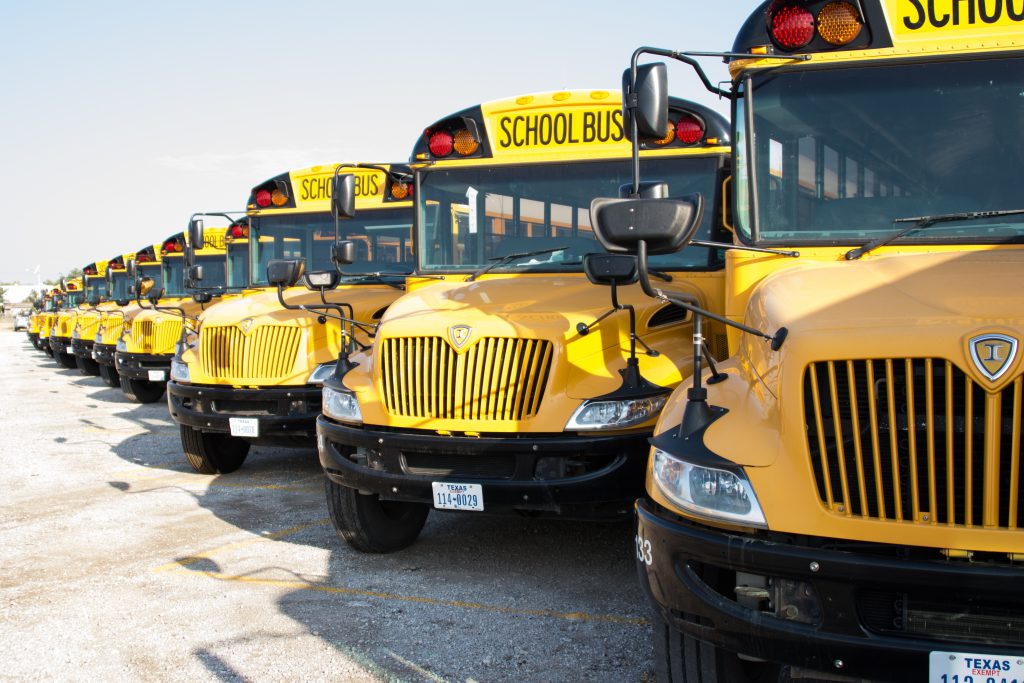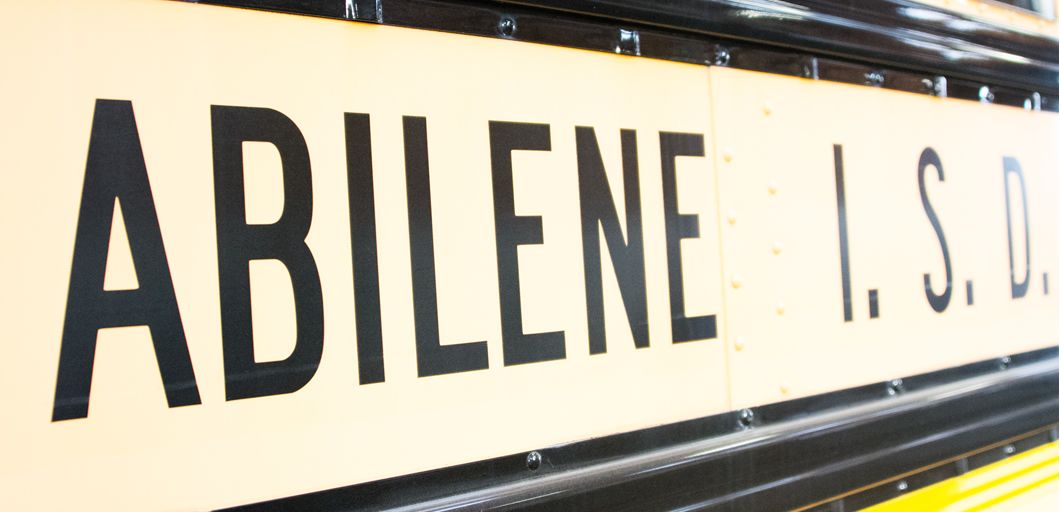By RENÉ MCADEN/Director of Transportation
Pupil transportation has risen dramatically since its inception making school busing one of this nation’s greatest service industries. In 1950, 7 million students rode 115,000 school buses. In 2000, the numbers rose to 22,675,116 students riding 448,307 school buses. So where did it all begin?
In 1800’s, the Commonwealth of Massachusetts passed the first legislation in the United States to allow public funds to be used to transport students to school. By 1919. other states had joined in and had passed similar laws. The primary reason for the passage of legislation seems to be state mandated, compulsory school attendance and the consolidation of public school.
The first means used to transport students was known as the school wagon, a modified farm wagon converted to carry pupils to and from school. The students were shielded from the elements by a tarp that covered the wagon. By the 1920’s, motorized steel vehicles began to replace the school wagon and the modern school bus began to take shape.
As the school transportation industry began to grow, so did the safety regulations which make the school bus the safest vehicle on the road today. From the design of how the bus frame is manufactured, to the addition to safety exits, and onto today’s latest legislation that calls for any bus purchased after September 1, 2017 to be equipped with three-point safety belts.














